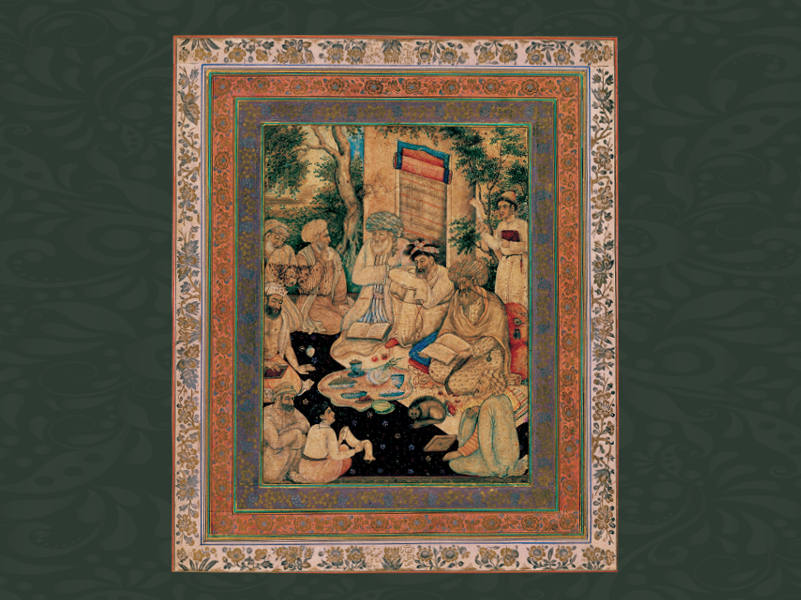
The Renaissance of Shiʿi Islam in the 15th–17th Centuries: Facets of Thought and Practice
3rd October 2018 to 5th October 2018
Aga Khan Centre – 10 Handyside Street, King’s Cross, London N1C 4DN, United Kingdom
The 15th century marked the renaissance of the Ismaili and Twelver Shiʿi traditions after centuries of marginalization. It was with the commencement of the imamate of Mustanṣir biʾllāh II around 868/1463– 1464, that the Anjudān revival of the Nizārī Ismailis began. Around the same time, several Shiʿi messianic movements emerged in Iran and spread to the neighbouring countries. One of these, the Safavids, became particularly successful: in 1500, led by the youthful Ismāʿīl I, the Safavid forces defeated the army of the Aq Qoyunlu, and a year later, in the summer of 1501, took their capital Tabriz, thus establishing the Safavid state which then became an empire and the first major Shiʿi power since the fall of the Fatimids in 1171. However, the complexities of the roles of different groups, movements and currents of thought in the complicated process which can be described as ‘the Renaissance of Shiʿi Islam in the 15th and 17th centuries’ remain unexplored. The aim of this conference is to investigate and evaluate these contributions, taking into account the most recent scholarship in the field.
In particular, we intend to address the following subjects:
- What were the common characteristics of Shiʿi messianic movements active in the 15th–17th centuries?
- Why was one of them, the Safavids or Qizilbashīs, particularly successful?
- What was the substance of the Anjudān revival of the Nizārī Ismailis?
- Which developments of kalām and Sufism in this era can be described as the ‘Shiʿitisation of Sunnism’?
- How did the School of Isfahan emerge? What were its principal manifestations in different fields of knowledge?
- How did the Ismailis interact with Twelver Shiʿism and Sufism?
- What were the defining characteristics of Shiʿi exegesis, theology, law and gnosis during this period?
Le programme de la conférence est à télécharger ici.
